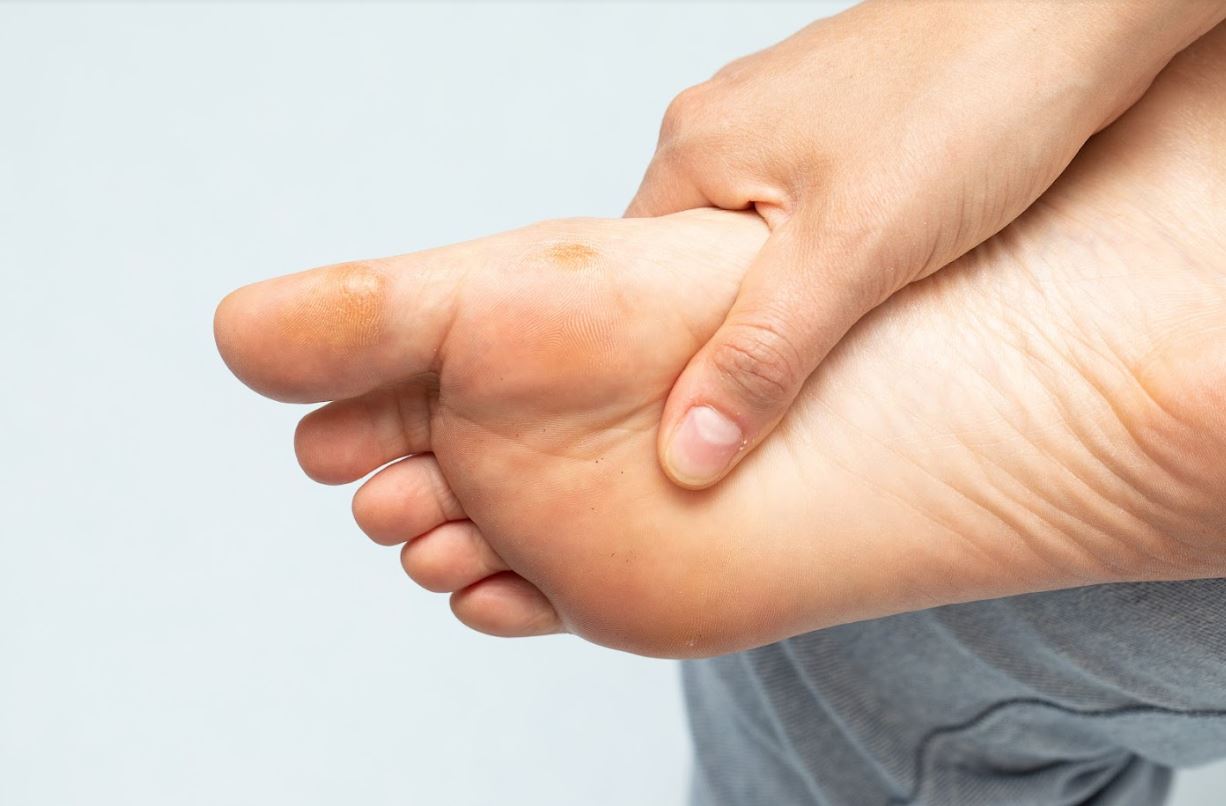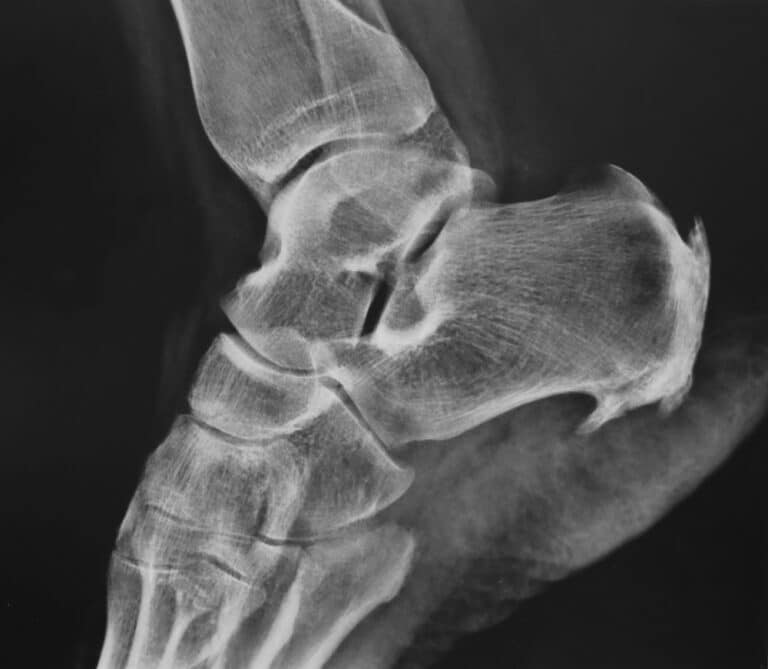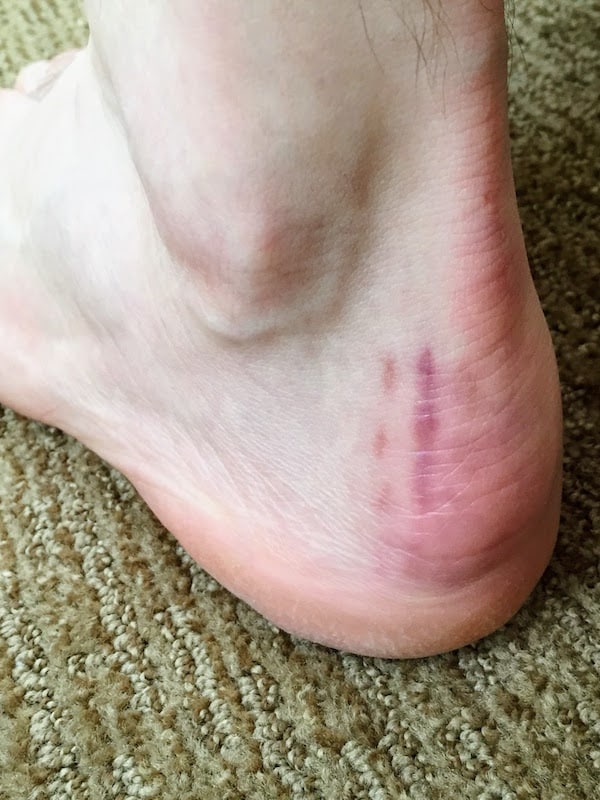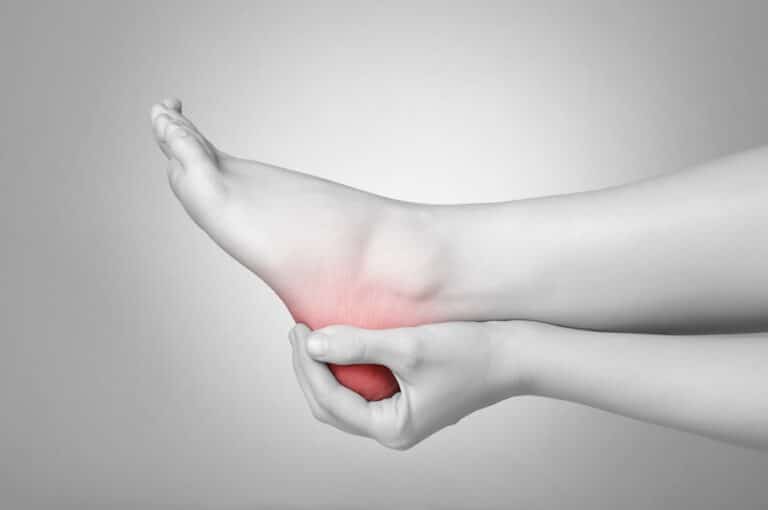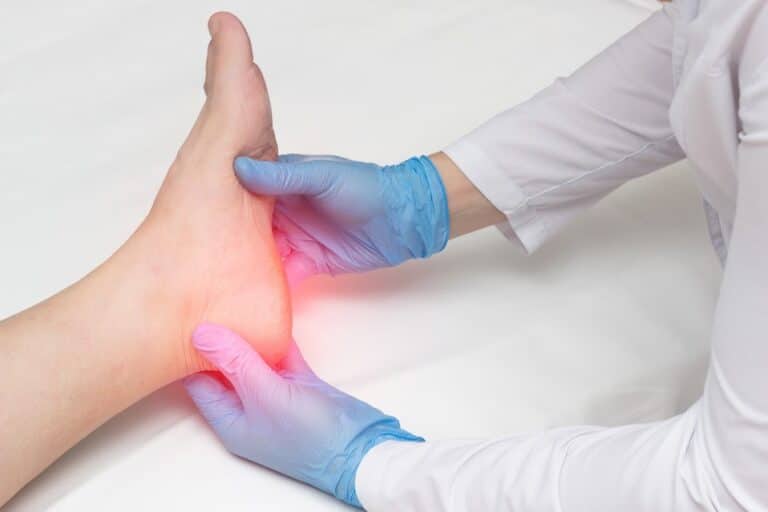Corns are common foot issues that can be a source of pain and affect the patient’s everyday life. They can be treated surgically, but sometimes even the non-surgical approach can work. In those cases, there is often a white spot after corn removal that can scare the patient. So, what is it, and is it dangerous? Let’s take a look at this topic and explain everything you need to know.
Get a 10% Discount on Corn Removal Surgery
Why does Dr. Scholl’s corn remover turn skin white?
Dr. Scholl’s Corn Remover uses salicylic acid to help shed skin cells and remove corns. It commonly causes temporary skin whitening as the skin absorbs the medicine and exfoliates. Prolonged whitening or symptoms like blistering, peeling, redness, pain, or signs of infection indicate the need to stop using the product and consult a healthcare professional. Always use such products as directed and avoid application on open wounds or infected areas.
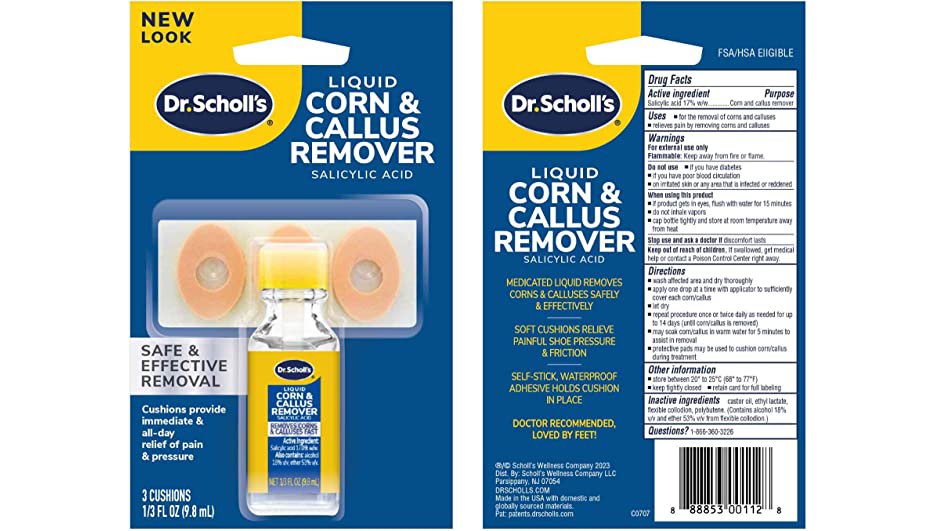
Why Are There White Spots After Corn Removal?
Corn is a thickened and hardened layer of skin that forms on the points of pressure or friction. It can be located on the top of the toe, on the side of the feet, or even between the toes. Depending on the localization, the corn can cause pain and trouble when walking or even standing.
When you combine that with inflammation around the corn, it’s no surprise that everyone who struggles with corns wants to get rid of them. Of course, the surgical approach is the best way to deal with this medical issue, but some people aren’t that keen on the idea of having surgery – the recovery period worries them. That’s why they opt for non-surgical removal methods, and the most popular one is a corn patch. However, this topical medication has one side effect – it can leave a white spot on the toe after corn removal.
What does a corn look like after removed?
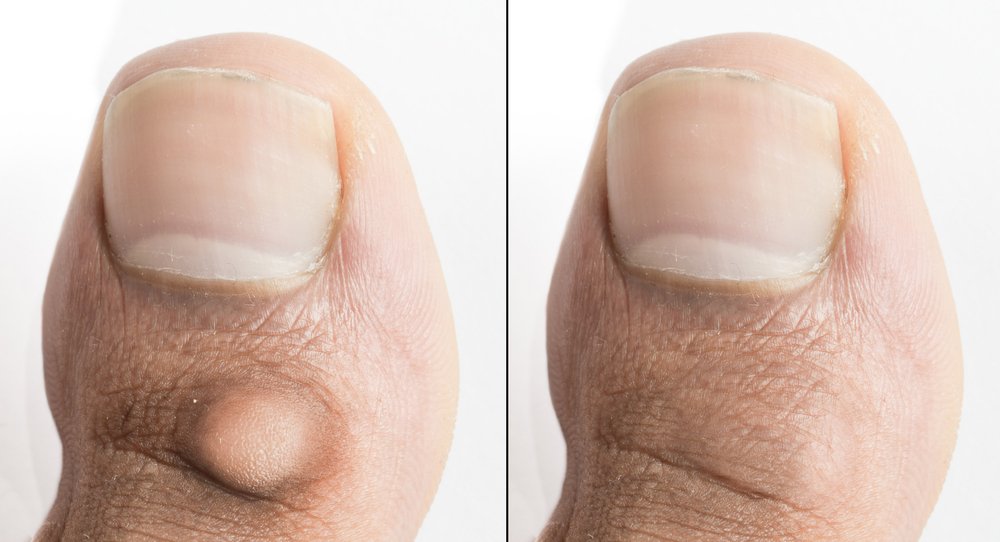
After a corn is removed, you’ll typically see a smoother, healthier area of skin underneath. At first, the skin where the corn was may appear a bit red or tender because it was previously protected by the corn. With time, this should heal and become more like the surrounding skin. If the corn was deep, there might be a slight depression in the skin where it was removed. This should gradually fill in as the skin regenerates.
If the corn is removed properly and safely (ideally by a professional like a podiatrist or dermatologist), there should be no sign of the corn after the skin has healed, assuming that the source of pressure or friction is also addressed. If not, the corn could potentially return.
How Does Salicylic Acid Affect Corns?
Corn removal patches (or corn plasters) are basically patches that are made with salicylic acid that is supposed to treat the thickened skin of the corn. Since it’s a keratolytic, salicylic acid helps peel off the hardened skin, thus improving the corn or even making it go away completely. It increases the moisture of the skin and dissolves the dead cells that form the corn.
Does Salicylic Acid Create White Spots?
Salicylic acid is a medication that needs to be used carefully – following instructions written on the product is essential. It’s important to note that you can’t use it on broken skin. When you place the patch infused with this acid on the corn, it will treat the hardened skin, but it can’t distinguish between the corn and normal skin. The acid can spread to the surrounding healthy skin and burn it – which results in white spots.
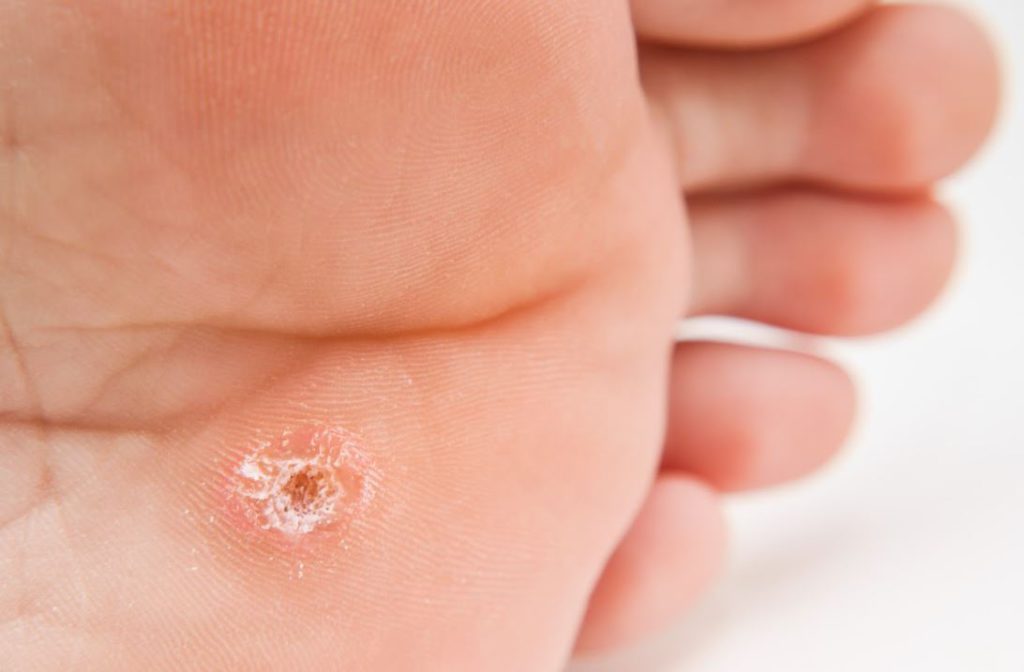
How to Speed Up the Recovery Process After Corn Removal?
If the corn patch has helped remove your corn after wearing it for a few days, all you have to do is take off the patch and remove now softened skin in a warm bath – this should help improve your recovery. However, these plasters won’t work in plenty of cases. For severe corns, you will most likely require surgical treatment. This is the only way to permanently fix the issue.
Consult Your Surgeon in Miami About the White Spots
After using salicylic acid to treat corns, the white spots that remain can pose an issue – not only is it burned skin, but it can also be an aesthetic problem. So, what can you do about it? The safest way to treat this and any other foot condition is to reach out to a trusted doctor, and Luxe Foot Surgery clinic can help you with that.
Contact us, and we will put you in touch with our specialist in Miami. With a skilled and experienced doctor who knows how to treat all foot conditions, you will be better in no time! We offer a free consultation for first-time patients – you can schedule your appointment by calling our office or filling out an inquiry form on our website.
FAQ
What Do You Do After Corn Turns White?
Once the patch with salicylic acid is removed, the corn should be white. The whitened skin should be peeled off in order to make the corn smaller (this will significantly improve your symptoms).
What Does It Mean When Your Corn Turns White?
After a few days of using a corn patch, corn will turn white. That means that salicylic acid is working and that the corn has softened – you can now peel off the dead skin.
How Do You Know When a Corn Is Gone?
When there isn’t a bump of hardened skin on your foot, that means your corn is gone. The skin surface is flat, and you don’t feel pain anymore.
What Happens After You Remove Corn?
If the corn is removed surgically, you have to go through a recovery period that can last from six weeks to three months, depending on the severity of the case and the type of surgery that was performed.
Does Removing Corn Leave a Hole?
Corns have a hard center and a root – when you remove the corn surgically, the root also needs to be removed. This process is called enucleation, and it leaves a small hole or a dimple in the skin.
